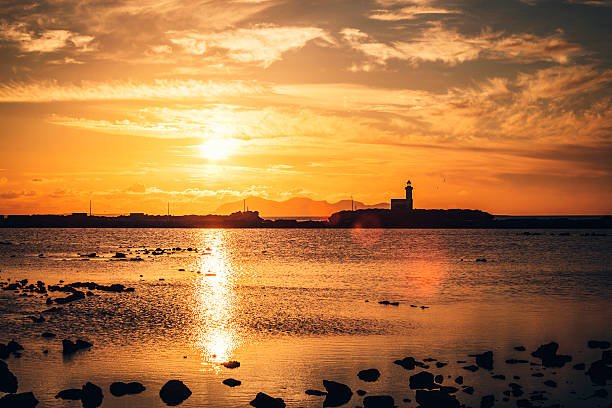Trapani is an impressive old town situated on a promontory where two seas meet – the Tyrrhenian Sea and the Mediterranean Sea. They surround on three sides a long headland that resembles a sickle. Beautiful views and beaches, monuments and the charm of the old town are wonderful attractions bathed in the Sicilian sun.
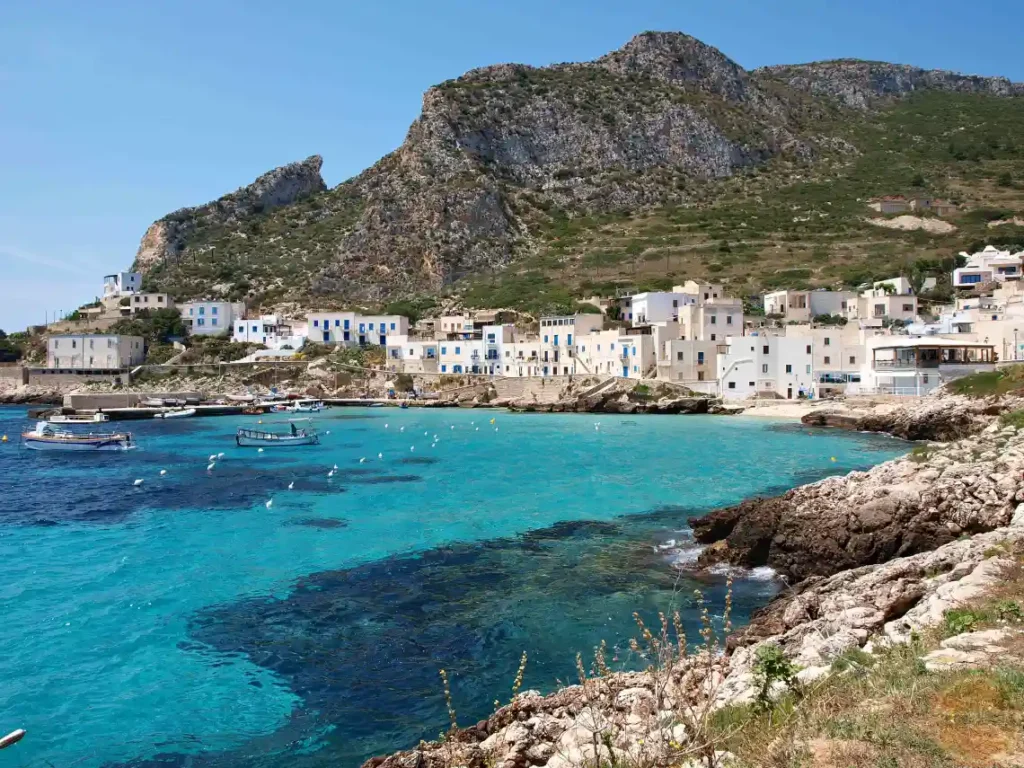
Leandas and Myths
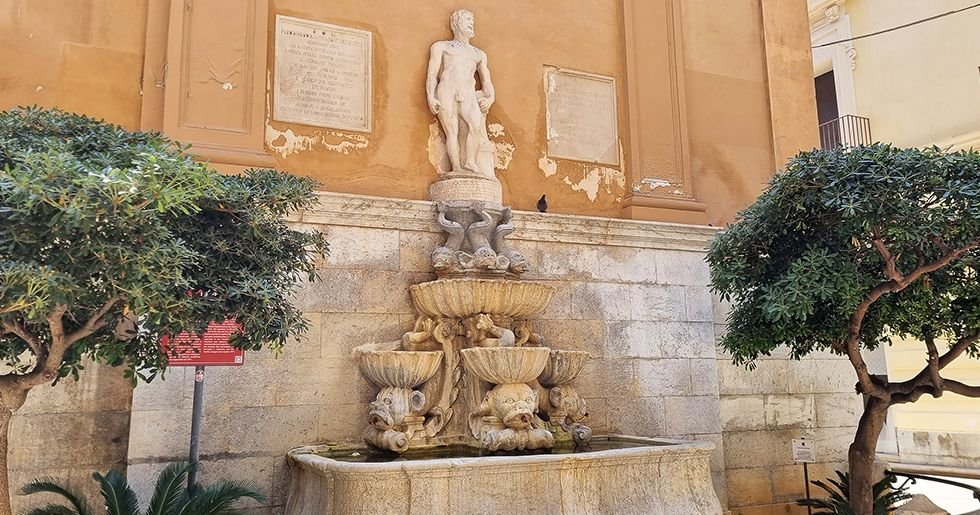
The origins of Trapani are shrouded in romantic legends and myths. According to one of them, the city owes its shape to the Greek goddess Demeter. While searching for her daughter Persephone, she dropped her sickle on the ground, which turned into a peninsula. Another legend says that the sickle was dropped by the god Saturn, who was the city’s patron for a long time. To this day, one of the squares in the center of Trapani, where there is a fountain depicting Saturn, is named after him. There is also a version that the city was born simply out of the love of heaven and earth… According to some sources, Trapani was founded by Aeneas, fleeing from Troy, who stopped on the coast of western Sicily to bury his father Anchises in the Erice hills.
Spiaggia delle Mura di Tramontana
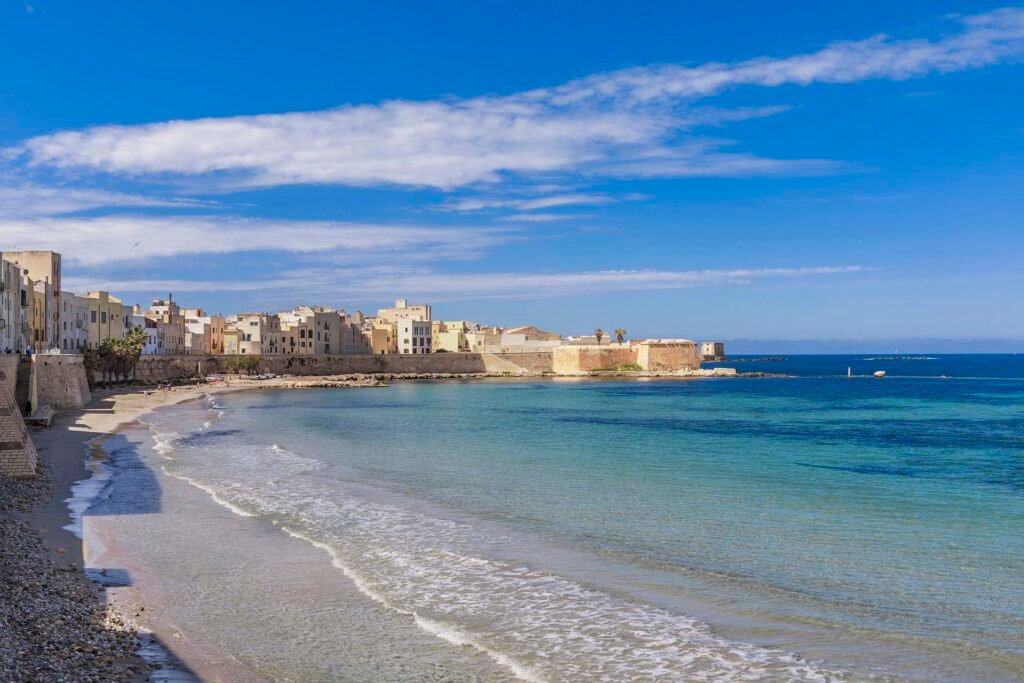
Located in the stunningly scenic region of Trapani in the Sicilian province , the Spiaggia delle Mura di Tramontana is a favorite among photographers and travelers alike. The beach is framed on one side by a row of aged defensive walls, prompting its name – Mura di Tramontana – which translates to ‘walls of the northern wind’. The beach, boasting crystal-clear waters and golden sand, is popular for swimming, beach lounging and snorkeling. The views from the beach out to the Isole Egadi islands and Trapani’s medieval old town are remarkable for photographers and nature lovers alike.
Spiaggia di San Giuliano
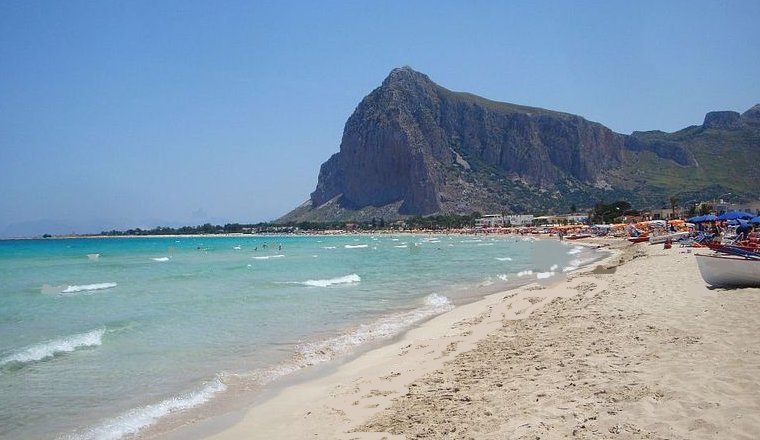
The beach of San Giuliano, with its light yellow sand, with traces of shells and corals, fine but not dusty, is a source of great pride for the inhabitants not only for its beauty, but also for the emotions it arouses during the passage of time seasons.
Tonnara di Scopello
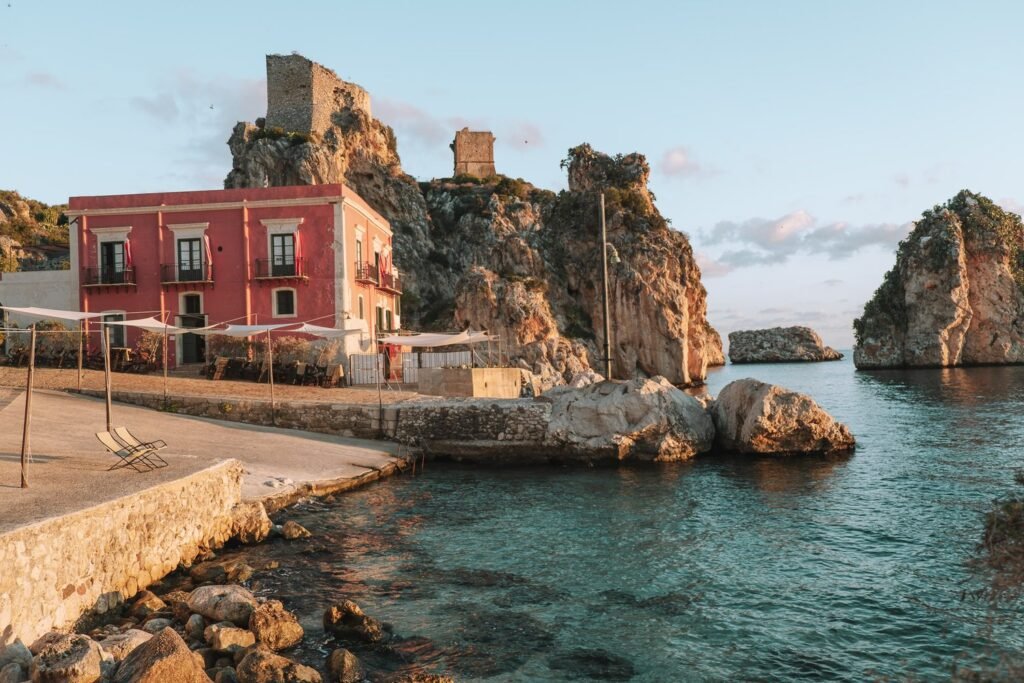
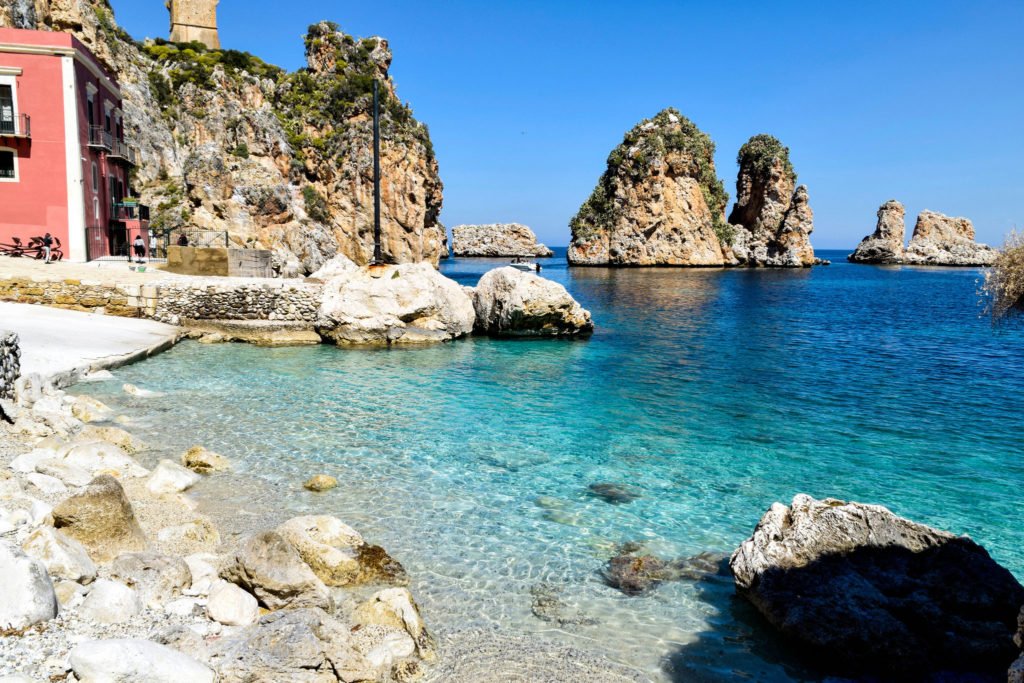
Castle of Venus
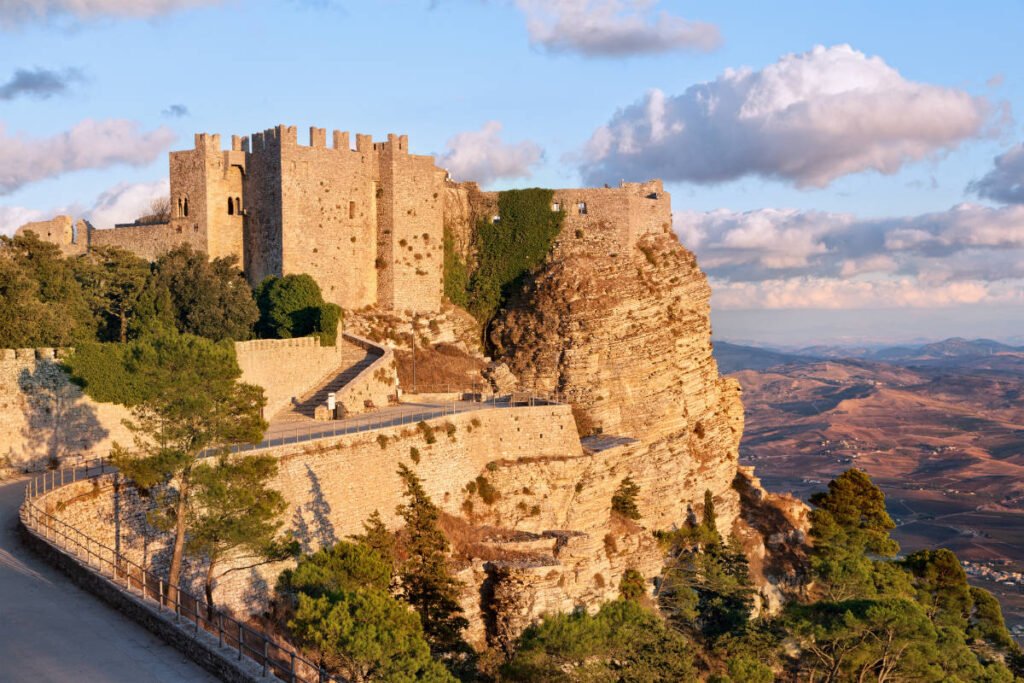
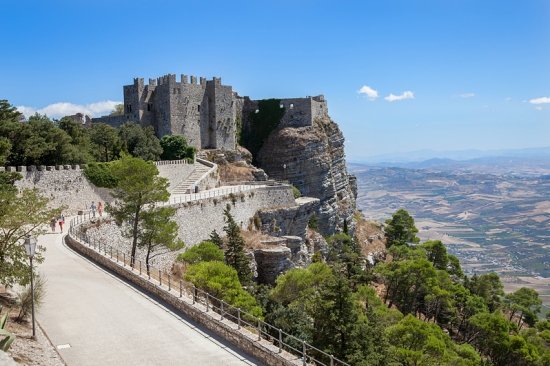
The Castle of Venus – Castello di Erice in Italian – is a structure that stands on a cliff isolated on the summit of Mount Erice – dominating the city of the same name. The castle is built on the ruins of an Elimo-Phoenician-Roman temple and from its large balconies you can see on one side the coast of Palermo while on the other the town of Trapani.
Saline di Trapani e Paceco


The salt pans of Trapani and Paceco represent a remnant of nature removed from urban expansion 26 years ago thanks to the establishment of the Reserve; in addition to being among the last remaining productive salt pans in Sicily, they are also a treasure chest of biodiversity, in which productive activities and nature conservation coexist. Here is concentrated a great naturalistic heritage recognized as a Special Protection Area (ITA010028) and Special Conservation Area (ITA010007), IBA and Zito Ramsar, but also an area of high landscape, architectural and ethno-anthropological value.

Grotta Mangiapane
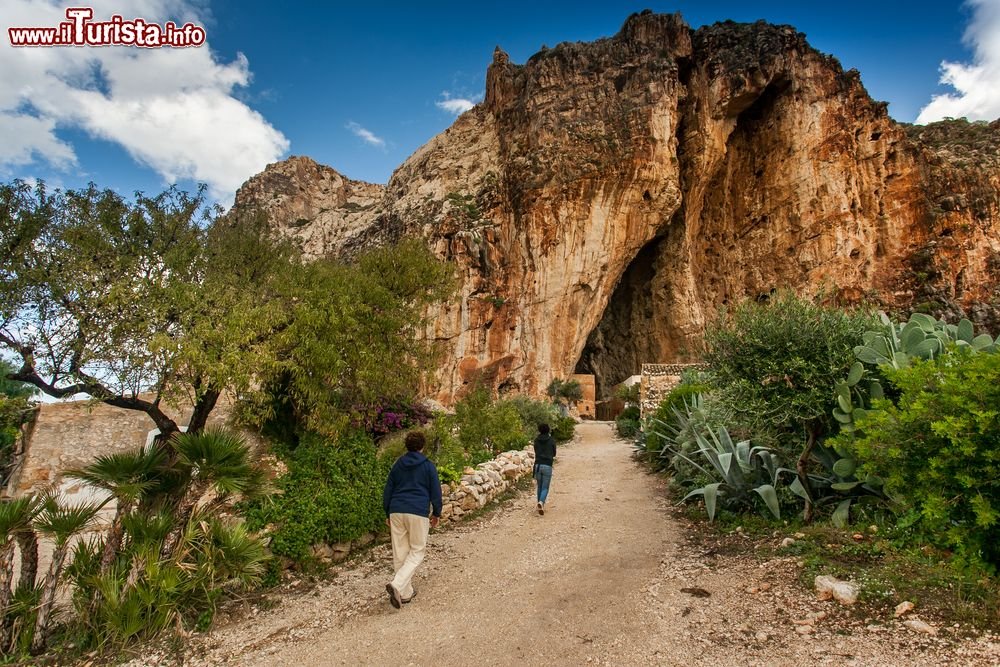
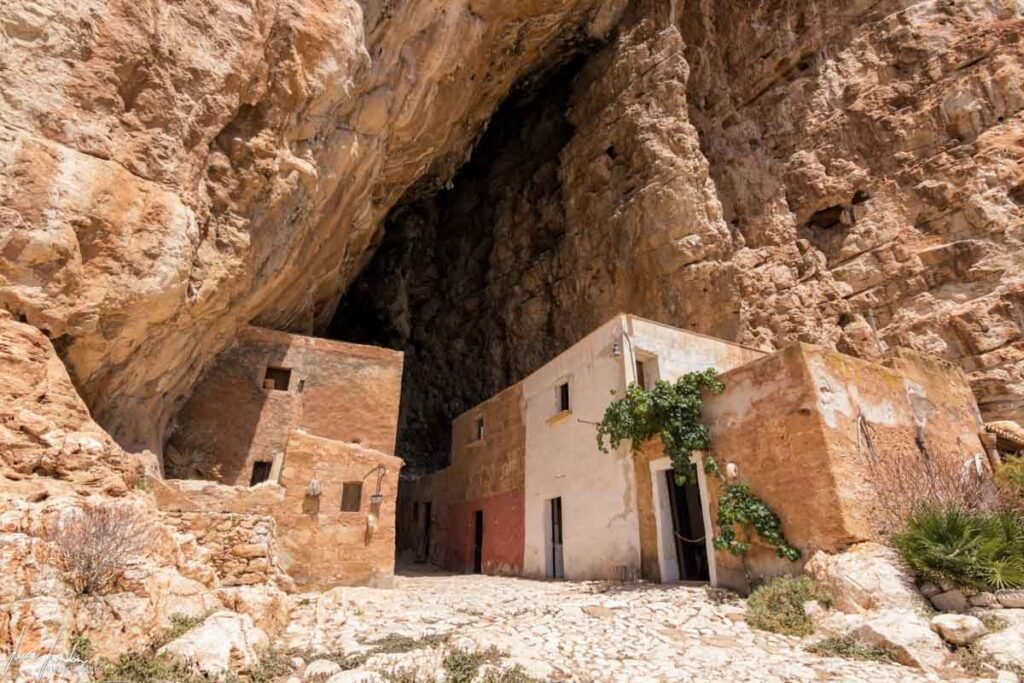
The grotto at Custonaci/Scurati (Grotta Mangiapane), 18 kilometers from Trapani, inhabited since pre-historic times. People lived in this hamlet until the 50s. It belonged to the family Mangiapane. The place was used in a couple of scenes in the episode “Il ladri di merendine” (The Snack Thief) of “Inspector Montalbano” (Il commissario Montalbano).
Civic Museum Torre di Ligny
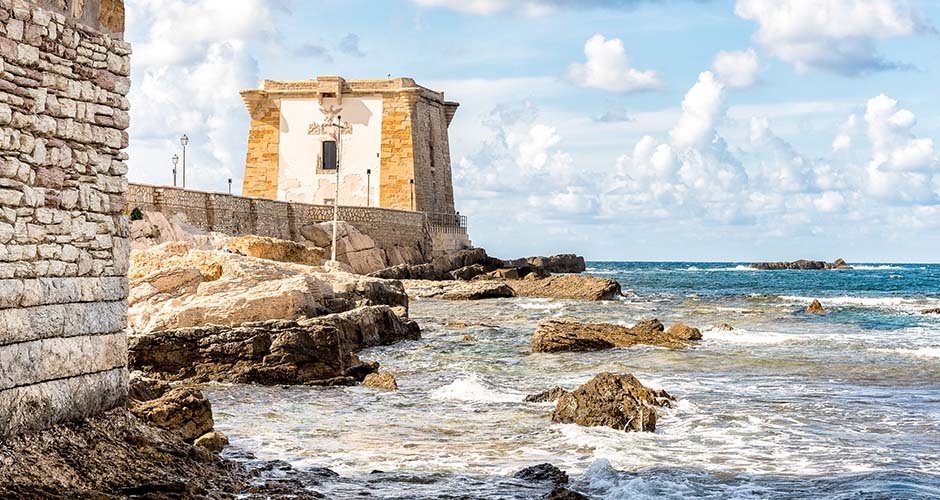
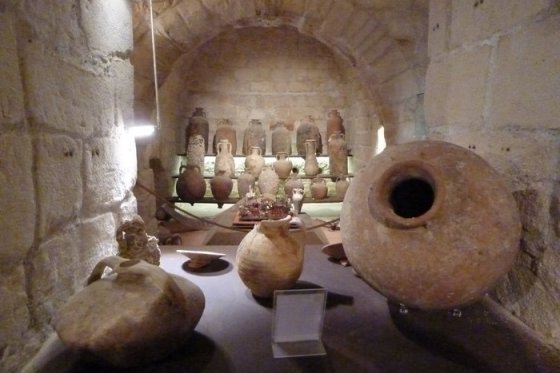
Torre di Ligny Civic Museum is located in the city’s port, and it is one of the attractions that attracts a good number of tourists every year, as this defensive building has origins dating back to the seventeenth century AD, It is also home to a group of valuable local historical collectibles. In addition, it provides an unparalleled view of the blue sea and the distant horizon.
The Salt Museum of Nubia
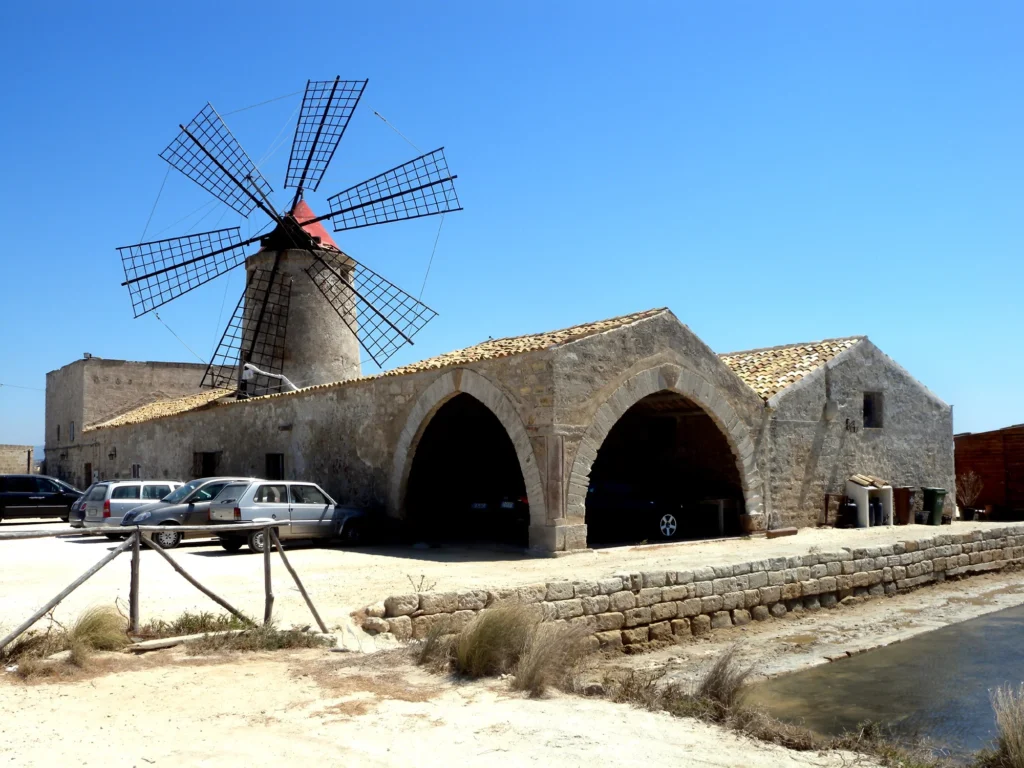
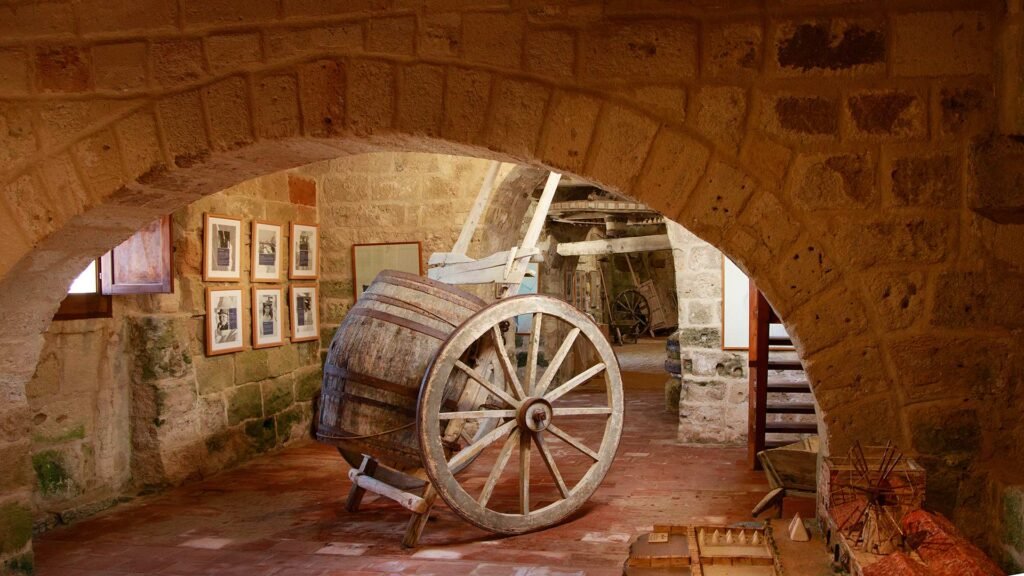
Nubia Salt Museum in Trapani: The “Via del Sale” (“Salt Route”) between Trapani and Marsala was created to enhance the Trapani and Paceco Nature Reserve with its salt pans, the slow movement of the windmills, white marble salt cones, iridescent pools and many varieties of birds migratory. The Trapani salt pans date back to the Phoenicians and nowadays represent the heart of local trade, contributing to the wealth of the city of Trapani and making it one of the most important ports for the export of salt in Europe.
Cathedral Trapani
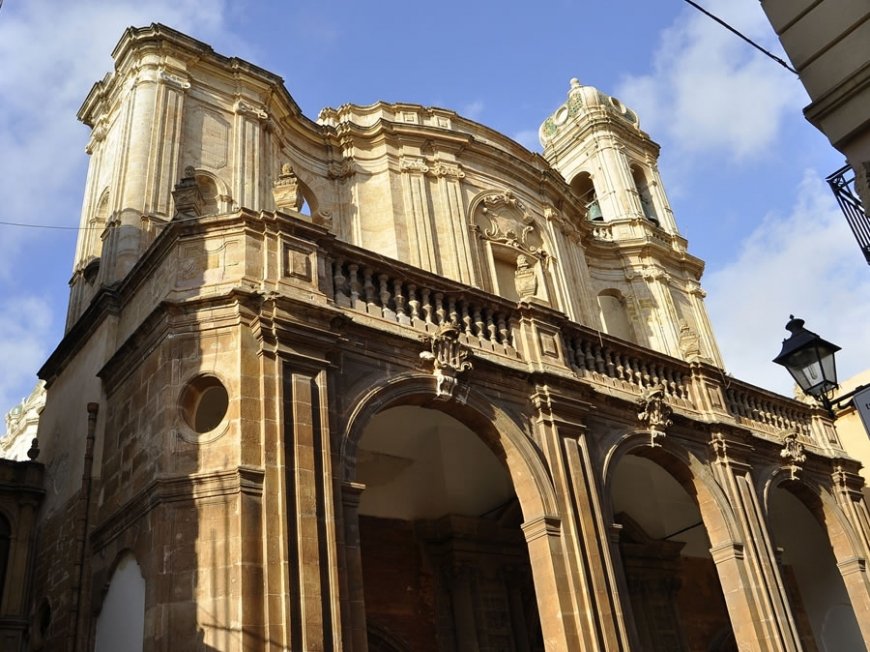
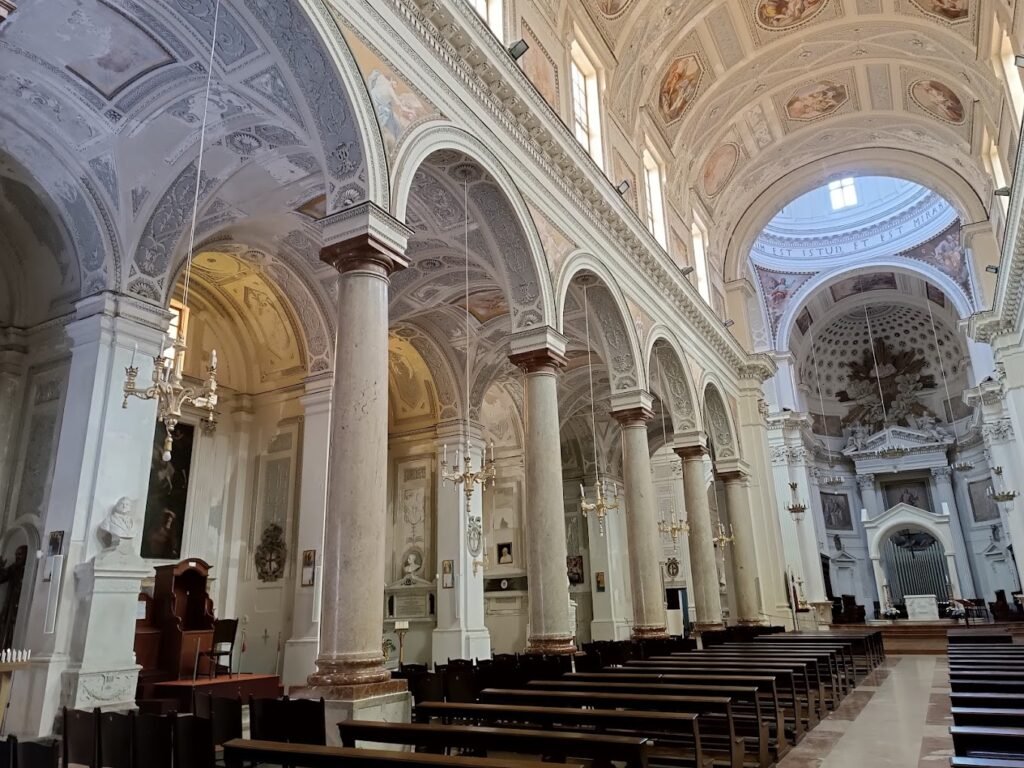
St. Cathedral Lawrence – Roman Catholic cathedral in Trapani, in the diocese of Trapani, minor basilica. It is located on Corso Vittorio Emmanuele, in the historic center of the city. The first church of St. Lawrence, on the site of today’s cathedral, was mentioned in the first half of the 19th century. 15th century, from 1434 as a parish church. Thanks to the support of wealthy families from Trapani, the church was expanded after that date with chapels, the most important of which was the chapel of St. Stefana built by the Vento family.
Agostino Pepoli Regional Museum
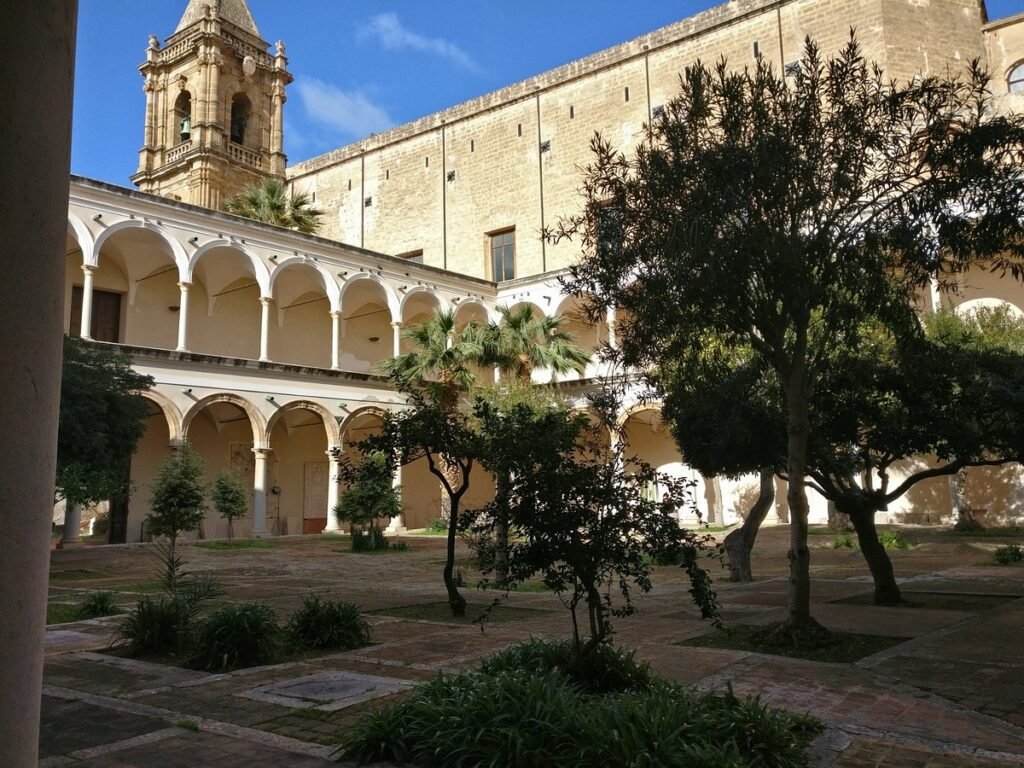

The Regional Museum “Agostino Pepoli” is an essential stop during the visit of this city both for its precious works of art – the building of the XIV century which houses its collections, the former convent of the Carmelite fathers, adjacent to the Sanctuary of the SS. Annunziata – and for its heterogeneous and exceptional collections.
Trapani and its territory had in history and its rich multiculturalism and not only through the collections that allow us to follow the time line, such as those of archaeology (with finds from the Palaeolithic to the Hellenistic-Roman age) and relics of the Risorgimento.
The Museum, in fact, with its collections narrates all the figurative arts of the Trapani territory with particular reference to those decorative and applied, in which the City of Trapani excelled as a productive centre of reference, especially in the field of corals, gold, silver, majolica and sculpture of cribs.
Castello di Terra
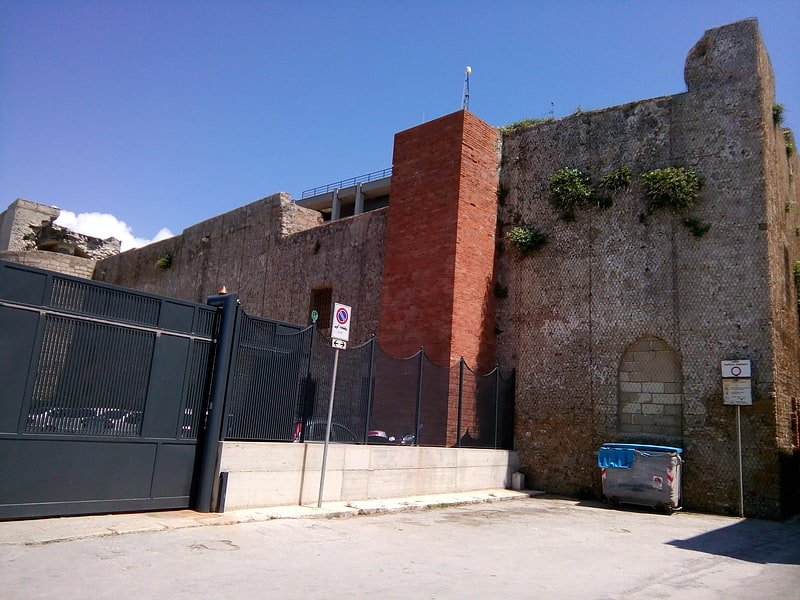
Before the construction of this castle, there were the remains of a Carthaginian fortification built by Amilcare. The castle was built in the twelfth century with an almost regular quadrilateral with half cylindrical curtain towers and rectangular towers at the corners. In the 1970s, in order to build its offices, the police took down the castle, but it regained its splendor thanks to subsequent restorations, the last one in 1992.

